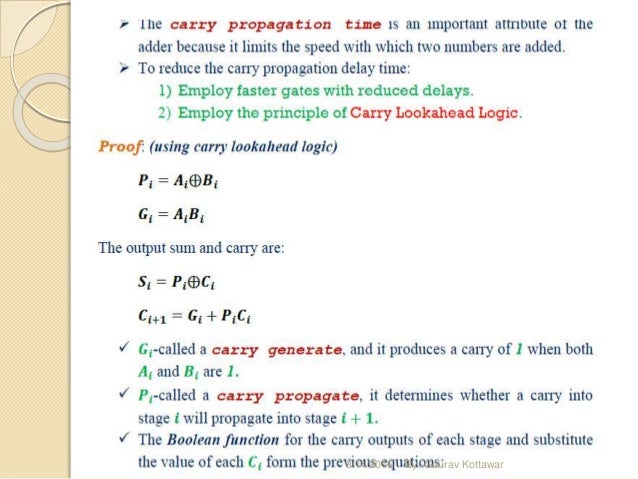

They are synchronous and asynchronous sequential circuits. Sequential circuits are classified into two types based on the timing of feedback signals.A sequential circuit can be considered as a combinational circuit with storage elements.Sequential circuit is the type of circuit where output not only relies on the current input but also depends on the previous output.The two that responds to triggering pulsesĮxamples Of sequential Logic Circuits Include: Pulse Driven –which is a combination of.Clock Driven e.g synchronous circuits thatĪre synchronized to a specific clock signal.Sequential logic circuits can be dived into three mainĭriven e.g asynchronous circuits which change state immediately when Storage registers, shift registers, memory devices or counters. Simple edge-triggered flip-flops or more complex sequential circuits such as Sequential logic circuits can be constructed to produce either Until the next clock signal changes one of the states, giving sequential logicĬircuits memory. Logic circuits remember these conditions and stay fixed in their current state In other words, the output state of a sequential logicĬircuit is a function of the following three states, the preset input, the past input and the past output. In sequential logic circuits, the actual clock signal determines when things The word Sequential means that things happen in a sequence, one after another. Not only on the present value of its input signals but on the sequence of past inputs, the output history as well. Sequential logic circuits are circuits whose input depends There is no feedback in combinational circuits.Combination circuit is faster and better in performance.The behavior of combination circuit can be defined by either Boolean expression or truth table.The combination circuit does not require triggering for its operation.
Combinational vs sequential circuits full#

In essence, sequential circuits are much more complicated than combinational ones.Examples of common combination logic circuits include: In contrast, the output of sequential circuits relies on the current input and also on the previous outputs. The major distinction between these circuits is the outputs of circuits and rely on the current input.

Mathematically speaking, outputs solely depend on the inputs. We can define a combinational logic circuit as an electronic circuit whose outputs depend on the condition that its inputs are in. It is the most basic construction block to add two single-bit numbers. Half adder circuits add two binary single-bit numbers, A and B. This assists in linking the feedback data of the past to current information.Ī half adder can be described as a combinatorial logic circuit with two outputs and inputs. A storing element is included to keep the different data about the stable state levels. The sequential circuit contains memory elements. Registers and Flip Flops are a few examples of sequential circuits.

However, the possibility of a clock is there in the sequential circuit.ĭemultiplexer, decoder, full adder encoder, and half adder are a few examples of combinatorial circuits. There’s no combinational clock present in a circuit. On the other hand, the output of the sequential circuit will depend on the recent outputs and current input. The sequential circuit is a digital circuit type whose output relies not just on the current values of the input signals it has but it depends on the past sequence of inputs as well.Īnother distinction between sequential circuits and combinational circuits is that a memory device is absent in combinational circuits.Īn integrated storage unit for sequential circuits can store instant results.Ī circuit’s output from a combined circuit relies on the input at present. A combinational circuit is a digital circuit type where the output is only a pure function of the present input.


 0 kommentar(er)
0 kommentar(er)
